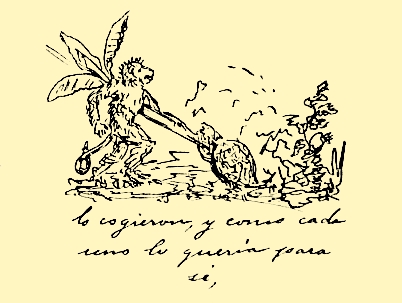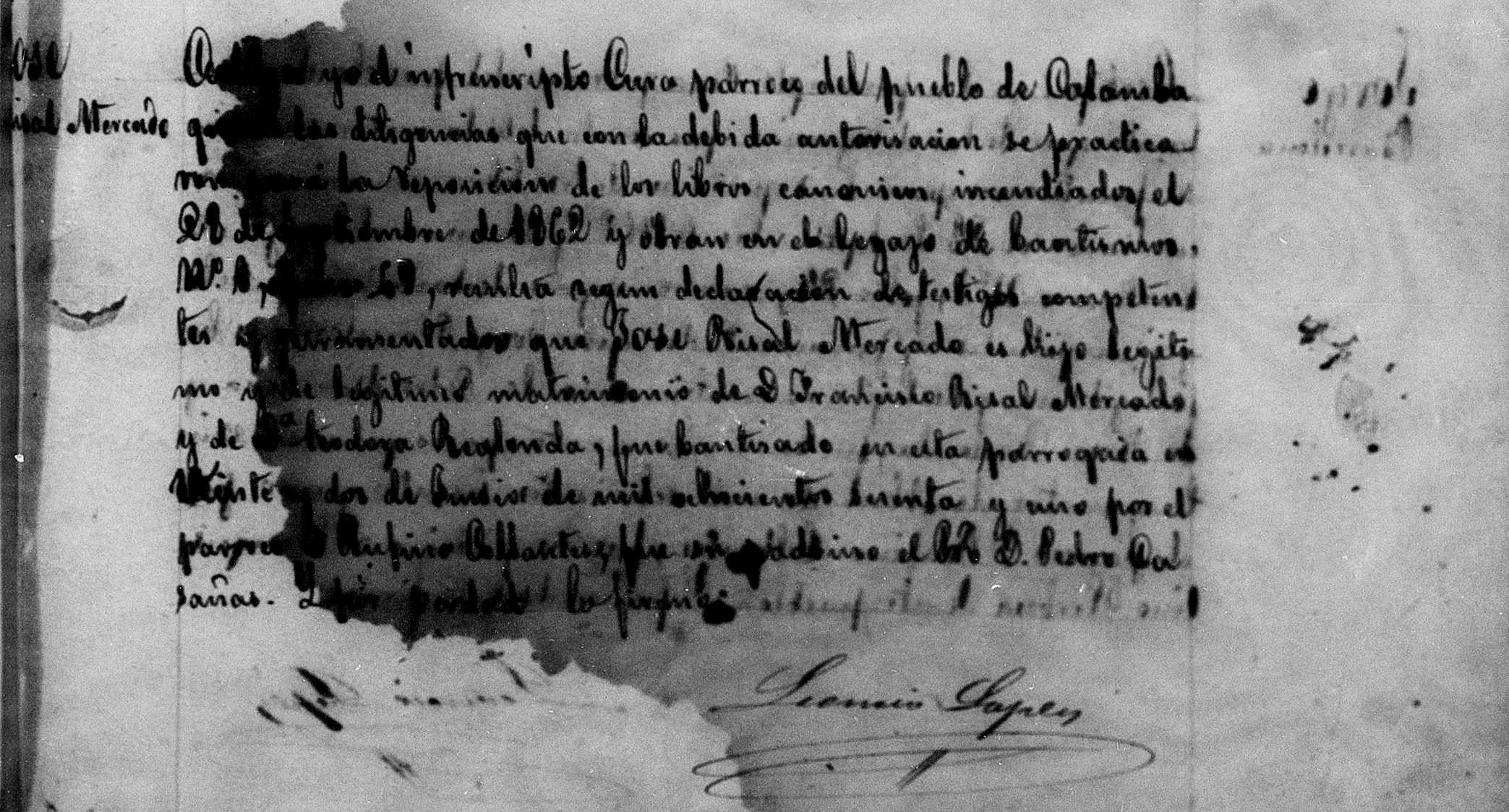|
Comics In The Philippines
Comics in the Philippines ( fil, Komiks}) have been widespread and popular throughout the country from the 1920s to the present. Komiks were partially inspired by American mainstream comic strips and comic books during the early 20th century. The medium first became widely popular after World War II. Its mainstream appeal subsided somewhat during the latter part of the 20th century with the advent of other mass-media forms such as telenovelas, but experienced a renaissance in the mid-2010s with the increasing popularity of artists such as Gerry Alanguilan, Arnold Arre, Budjette Tan, Kajo Baldisimo, and the rise of fan communities through comic book conventions such as komikon. Webcomics produced by independent Filipino web-based artists have caught the attention of local and foreign readers. The word ''komiks'' is simply the English word "comics," adapted to fit the orthography of native Filipino languages such as Tagalog. History Origins While the first indigenous ... [...More Info...] [...Related Items...] OR: [Wikipedia] [Google] [Baidu] |
Darna
Darna () is a Filipina superheroine created by writer Mars Ravelo and artist Nestor Redondo. The character's first appearance was in ''Pilipino Komiks'' (Ace Publications, Inc.) #77 on May 13, 1950. Darna is a retooling of Ravelo's earlier character, Varga, whose stories he wrote and illustrated himself. This character first appeared in ''Bulaklak Magazine'', Volume 4, #17 on July 23, 1947. Ravelo left the Bulaklak Magazine publications due to differences with the publication's editors. One of the most popular Filipino superheroes, Darna has appeared in many films and several television series through the decades which have far overshadowed her actual comics tenure. The 2003 Mango Comics miniseries revealed that Darna is a deceased extraterrestrial warrior magically manifesting herself through a woman from Earth named Narda who summons her by shouting her name. As Darna, she stands up for those who cannot fend for themselves. She fights against common criminals as well as grea ... [...More Info...] [...Related Items...] OR: [Wikipedia] [Google] [Baidu] |
Kajo Baldisimo
Kajo Baldisimo is a Filipino comic book artist best known for illustrating the horror/crime komiks series ''Trese'', co-creating it with writer Budjette Tan. He is also the penciller of the forty-first issue of the '' Star Wars: Legacy'' comic series, Legacy 41: Rogue's End. His work ''Trese'' has won the Philippine National Book Award for Best Graphic Literature of the Year in 2009, 2011, 2012. It has been adapted into an animated series by Netflix Netflix, Inc. is an American subscription video on-demand over-the-top streaming service and production company based in Los Gatos, California. Founded in 1997 by Reed Hastings and Marc Randolph in Scotts Valley, California, it offers a fil .... References External links * Living people Filipino comics artists Filipino speculative fiction writers Year of birth missing (living people) Place of birth missing (living people) {{Philippines-writer-stub ... [...More Info...] [...Related Items...] OR: [Wikipedia] [Google] [Baidu] |
Escapism
Escapism is mental diversion from unpleasant or boring aspects of daily life, typically through activities involving imagination or entertainment. Escapism may be used to occupy one's self away from persistent feelings of depression or general sadness. Perceptions Entire industries have sprung up to foster a growing tendency of people to remove themselves from the rigors of daily life – especially into the digital world. Many activities that are normal parts of a healthy existence (e.g., eating, sleeping, exercise, sexual activity) can also become avenues of escapism when taken to extremes or out of proper context; and as a result the word "escapism" often carries a negative connotation, suggesting that escapists are unhappy, with an inability or unwillingness to connect meaningfully with the world and to take necessary action. Indeed, the ''Oxford English Dictionary'' defined escapism as "The tendency to seek, or the practice of seeking, distraction from what normally has t ... [...More Info...] [...Related Items...] OR: [Wikipedia] [Google] [Baidu] |
Captain Barbell
Captain Barbell is a Filipino people, Filipino superhero created by writer, Mars Ravelo and artist Jim Fernandez. His characteristics are similar to United States, American fictional superheroes Superman, DC Comics' Captain Marvel (DC Comics), Captain Marvel, and Thor (Marvel Comics), Thor but Ravelo based his backstory on Captain America. He first appeared in ''Pinoy Komiks'' #1 on May 23, 1963. He also appeared in ''Kampeon Komiks''. Character history The original version of Captain Barbell depicted him as shirtless. Recent comics depicted him wearing a long-sleeved yellow shirt instead of being shirtless. Origin There have actually been more than one person to assume the hero's identity throughout the years. Captain Barbell's alter ego Tenteng Dario Gomer Enteng Digmaan The Barbell A young boy named Enteng would lift the magical barbell to become Captain Barbell. In previous Captain Barbell films, the Barbell which was given to Teng by an old man is the literal barbell ... [...More Info...] [...Related Items...] OR: [Wikipedia] [Google] [Baidu] |
The Misadventures Of Kenkoy
Francisco "Kenkoy" Harabas is a Philippine comics character created by writer Romualdo Ramos and cartoonist and illustrator Tony Velasquez in 1929.Kenkoy by Komiklopedia on 2007/10/04 komiklopedia.wordpress.com Velazquez continued the strip for decades after Ramos' death in 1932. ''Kenkoy'' was seminal to Philippine comics and thus Velasquez is considered the founding father of the komiks industry.Filipino Artist Tony Velasquez – Founding Father of Philippine Komiks (Comics) /ref> The term ''kenkoy'' has entered the |
Liwayway
''Liwayway''''Liwayway'' Komiklopedia, The Philippine Komiks Encyclopedia, Komiklopedia.wordpress.com, April 2, 2007 ( Tagalog word meaning "dawn") is a leading Tagalog weekly magazine published in the since 1922. It contains Tagalog serialized novels, short stories, poetry, serialized comics, essays, news features, entertainment news and articles, and many others. In fact, it is the oldest Tagalog magazine in the Philippines. Its sister publications are '' Bannawag'', '' |
Speech Balloons
Speech balloons (also speech bubbles, dialogue balloons, or word balloons) are a graphic convention used most commonly in comic books, comics, and cartoons to allow words (and much less often, pictures) to be understood as representing a character's speech or thoughts. A formal distinction is often made between the balloon that indicates speech and the one that indicates thoughts; the balloon that conveys thoughts is often referred to as a thought bubble or conversation cloud. History One of the earliest antecedents to the modern speech bubble were the "speech scrolls", wispy lines that connected first-person speech to the mouths of the speakers in Mesoamerican art between 600 and 900 AD. Earlier, paintings, depicting stories in subsequent frames, using descriptive text resembling bubbles-text, were used in murals, one such example witten in Greek_language, Greek, dating to the 2nd century, found in Capitolias#Archaeology, Capitolias, today in Jordan. In Western graphic ... [...More Info...] [...Related Items...] OR: [Wikipedia] [Google] [Baidu] |
Spanish–American War
, partof = the Philippine Revolution, the decolonization of the Americas, and the Cuban War of Independence , image = Collage infobox for Spanish-American War.jpg , image_size = 300px , caption = (clockwise from top left) , date = April 21 – August 13, 1898() , place = , casus = , result = American victory *Treaty of Paris (1898), Treaty of Paris of 1898 *Founding of the First Philippine Republic and beginning of the Philippine–American War * German–Spanish Treaty (1899), Spain sells to Germany the last colonies in the Pacific in 1899 and end of the Spanish Empire in Spanish colonization of the Americas, America and Asia. , territory = Spain relinquishes sovereignty over Cuba; cedes Puerto Rico, Guam and the Philippine Islands to the United States. $20 million paid to Spain by the United States for infrastructure owned by Spain. , combatant1 = United State ... [...More Info...] [...Related Items...] OR: [Wikipedia] [Google] [Baidu] |
The Tortoise And The Monkey
The Turtle and the Monkey ( tl, Ang Pagong at ang Matsing or ''Si Pagong at si Matsing'') also known as The Monkey and the Turtle is a Philippine fable. It involves the tortoise outwitting a monkey over a banana tree. The story was popularized by Jose Rizal, who made a publication of the story in English in the July 1889 issue of ''Trübner's Oriental Record'' in England, which is considered to be the formal beginning of Philippine children's literature. Origin The origin of the story can be traced to the Ilocano, which is linked to Indian arts. The Ilocano version of the story offers an explanation on why monkeys don't eat meat. Versions of the story has a common theme of a weaker but cunning character (the tortoise or turtle) winning over a stronger adversary (the monkey). During his visit to Juan Luna in January 1886 in France, Rizal illustrated the story in 34 plates which he made in an album belonging to Luna's wife. Rizal is considered as the first Filipino cartoonist for ... [...More Info...] [...Related Items...] OR: [Wikipedia] [Google] [Baidu] |
José Rizal
José Protasio Rizal Mercado y Alonso Realonda (, ; June 19, 1861 – December 30, 1896) was a Filipino nationalist, writer and polymath active at the end of the Spanish colonial period of the Philippines. He is considered the national hero (''pambansang bayani'') of the Philippines. An ophthalmologist by profession, Rizal became a writer and a key member of the Filipino Propaganda Movement, which advocated political reforms for the colony under Spain. He was executed by the Spanish colonial government for the crime of rebellion after the Philippine Revolution broke out; it was inspired by his writings. Though he was not actively involved in its planning or conduct, he ultimately approved of its goals which eventually resulted in Philippine independence. Rizal is widely considered one of the greatest heroes of the Philippines and has been recommended to be so honored by an officially empaneled National Heroes Committee. However, no law, executive order or proclamation ... [...More Info...] [...Related Items...] OR: [Wikipedia] [Google] [Baidu] |
The Monkey And The Turtle 3
''The'' () is a grammatical article in English, denoting persons or things that are already or about to be mentioned, under discussion, implied or otherwise presumed familiar to listeners, readers, or speakers. It is the definite article in English. ''The'' is the most frequently used word in the English language; studies and analyses of texts have found it to account for seven percent of all printed English-language words. It is derived from gendered articles in Old English which combined in Middle English and now has a single form used with nouns of any gender. The word can be used with both singular and plural nouns, and with a noun that starts with any letter. This is different from many other languages, which have different forms of the definite article for different genders or numbers. Pronunciation In most dialects, "the" is pronounced as (with the voiced dental fricative followed by a schwa) when followed by a consonant sound, and as (homophone of the archaic pron ... [...More Info...] [...Related Items...] OR: [Wikipedia] [Google] [Baidu] |
Webcomics
Webcomics (also known as online comics or Internet comics) are comics published on a website or mobile app. While many are published exclusively on the web, others are also published in magazines, newspapers, or comic books. Webcomics can be compared to self-published print comics in that anyone with an Internet connection can publish their own webcomic. Readership levels vary widely; many are read only by the creator's immediate friends and family, while some of the largest claim audiences well over one million readers. Webcomics range from traditional comic strips and graphic novels to avant garde comics, and cover many genres, styles, and subjects. They sometimes take on the role of a comic blog. The term web cartoonist is sometimes used to refer to someone who creates webcomics. Medium There are several differences between webcomics and print comics. With webcomics the restrictions of traditional books, newspapers or magazines can be lifted, allowing artists and writer ... [...More Info...] [...Related Items...] OR: [Wikipedia] [Google] [Baidu] |





.png)
